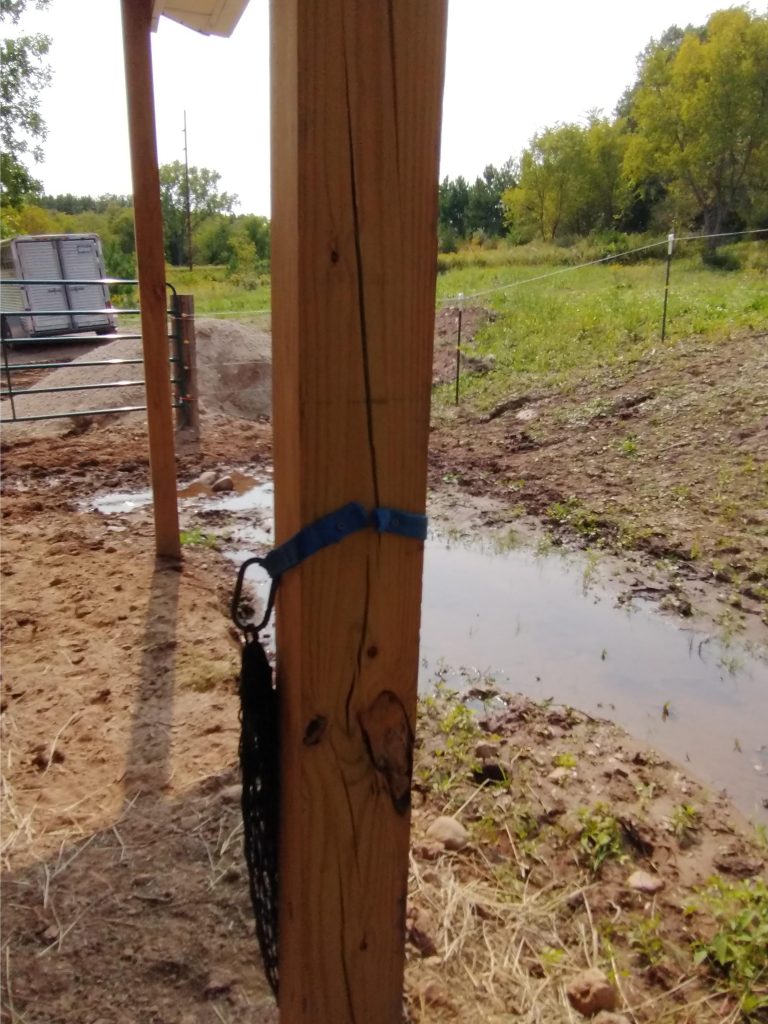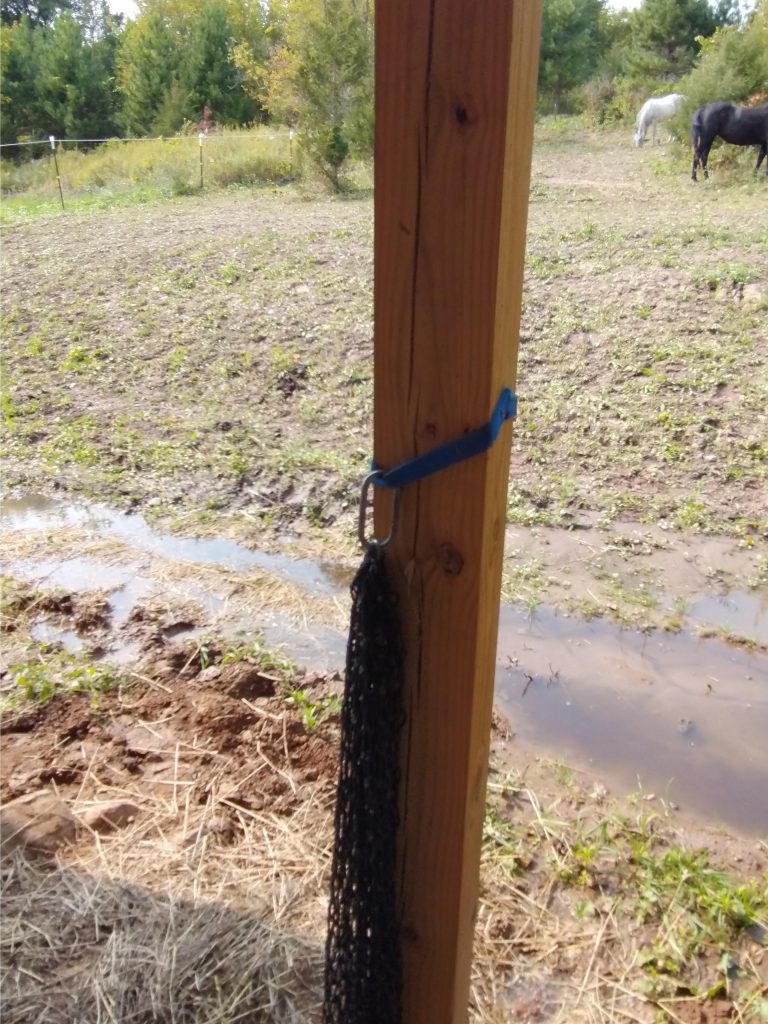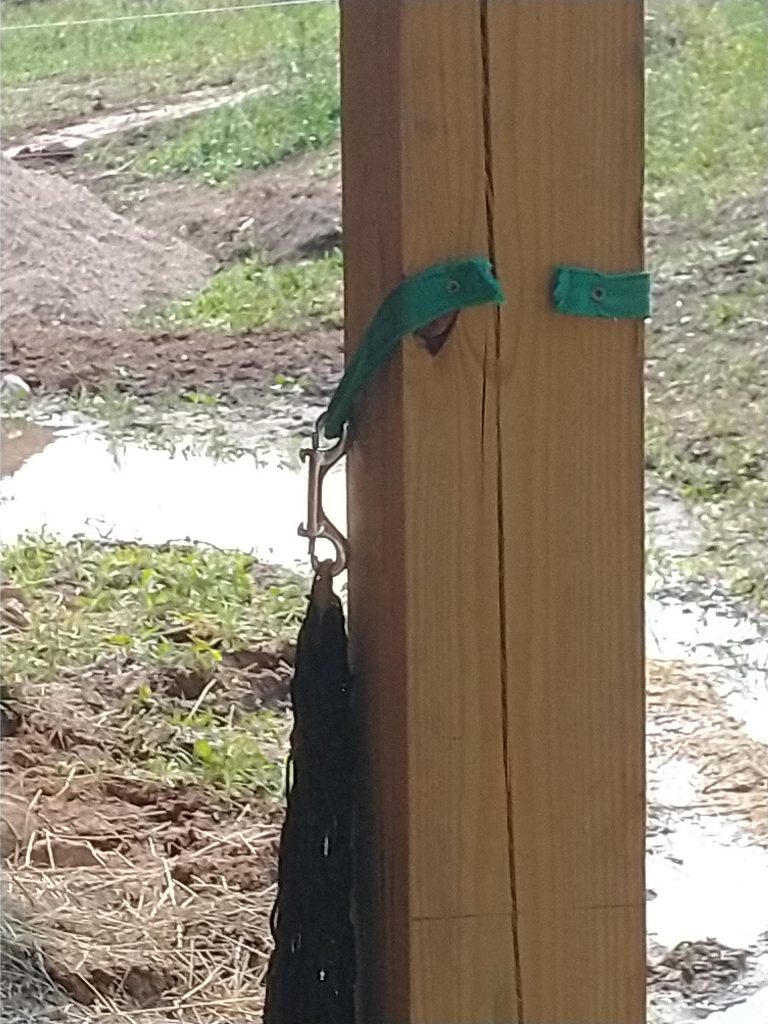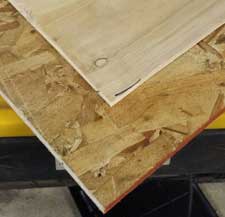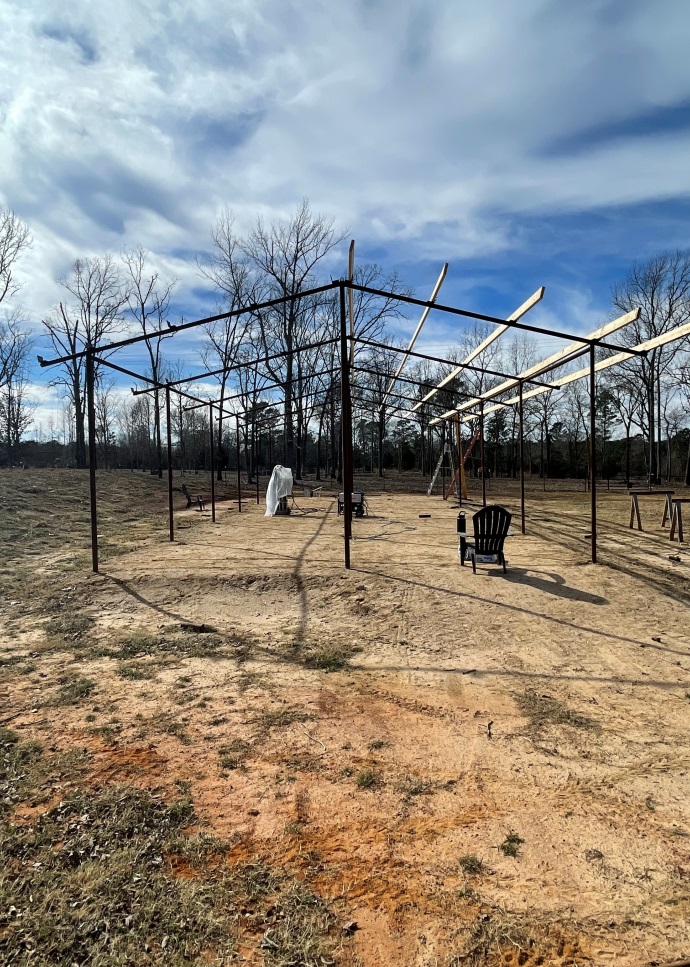Checks and splits in lumber and timbers, especially timbers, are often misunderstood when assessing a structure’s condition. Checks and splits can form in wood by two means: during seasoning, or drying, and during manufacture. This article is concerned with checks and splits resulting from seasoning after installation.
Development of checks and splits after installation occurs after a timber has dried in place. Quite often these timbers were installed green. Due to their size, it’s not practical for timbers to be kiln dried. Some are air dried for a period of time prior to installation, but usually they are installed green, and therefore, are allowed to dry in place. This also applies to a lot of dimension lumber.
During the seasoning process, stresses develop in wood as a result of differential shrinkage often leading to checking, splitting and even warping. Separation of wood fibers results in checking and splitting. Due to wood’s innate characteristics, it shrinks and swells differently. This is best explained in the image below. As a general rule of thumb wood shrinks (swells) approximately twice as much in the tangential direction of annual rings as compared to radial direction. Additionally, during the initial drying process outside of a timber inevitably dries quicker than interior, causing differential stresses to develop within a timber. Combined effects of these drying stresses in wood often, and sometimes inevitably, results in formation of checks or splits. Since wood’s weakest strength property is tension perpendicular to grain (similar to how wood is split using an ax), drying stresses can result in a check or split forming in a radial direction across annual rings. However, while these seasoning characteristics may initially appear as problematic, they likely are not. It is important to remember as wood dries, it becomes stronger. Furthermore, development of these seasoning characteristics is, quite often, normal. Most importantly, both are accounted for in derivation of design values for lumber and timbers and are also accounted for in applicable lumber grade rules.
See Figure 4-3 from the Wood Handbook, FPL-GTR-190
A check is separation in wood fibers across annual rings of a piece of wood and a split is a separation of wood fibers across annual rings but through a piece of wood. A third type of fiber separation, known as a shake, occurs along annual rings and is generally a naturally occurring phenomenon in standing trees, not a result of seasoning. There are several types of checks and splits defined and handled in grade rules for dimension lumber and timbers.
In use evaluation of dimension lumber and timbers normal checks and splits can often be interpreted as problematic by some design professionals with respect to allowable design values. However, in most cases they are not. In the image below, ends of both timbers are exhibiting various sizes of normal checks developed as timbers dried. If these timbers were being examined in a structure they would look similar to each adjacent image.
Upper left image shows two large timbers with visible splits on both ends as a result of seasoning. These are considered normal. Each red arrow points to how these checks would look in use.Therefore, checks and splits are often not an issue with in use lumber and timbers.
In summary, normal checks and splits are often encountered when assessing a structure, but they are accounted for in derivation of design values and handled in lumber grade rules.
